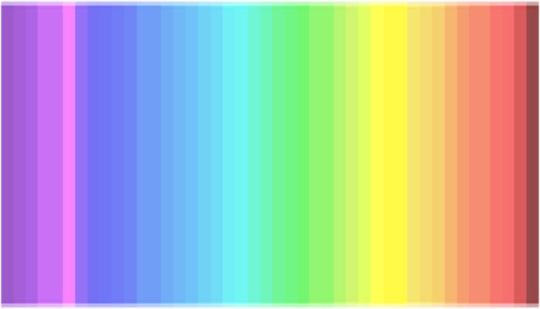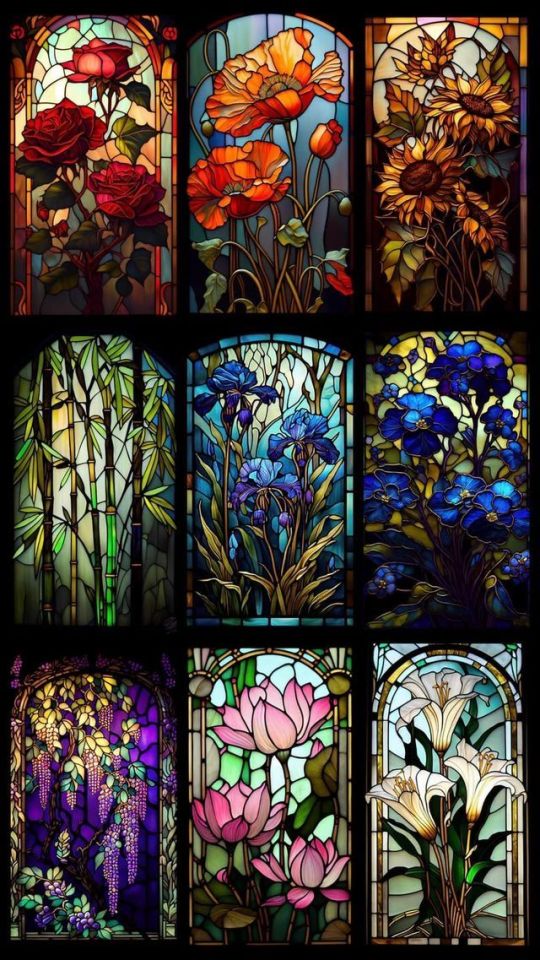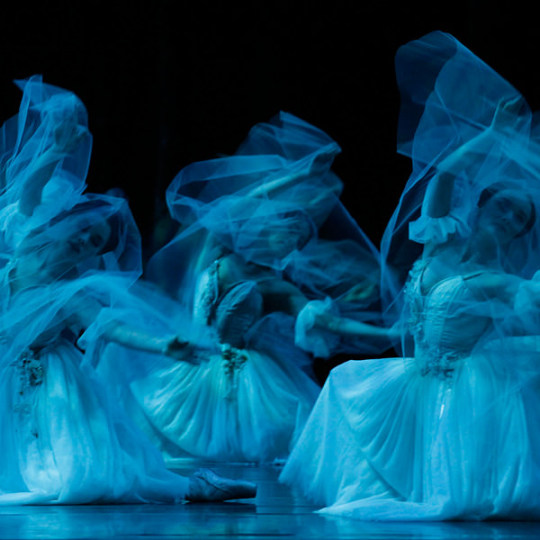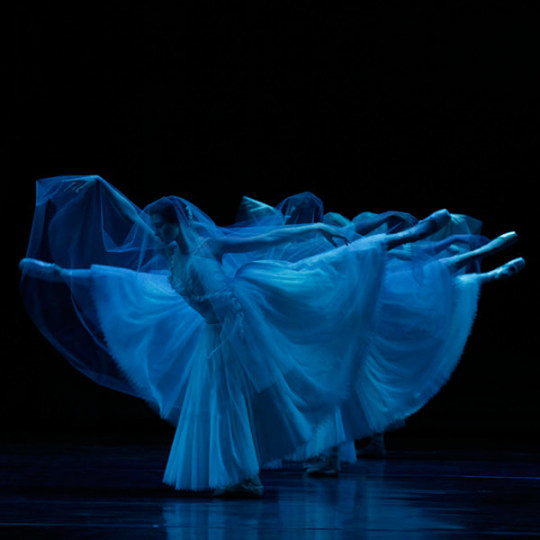ipazialegacy
98 posts
A good place to sip terrible wine
Don't wanna be here? Send us removal request.
Text
A little Naval History Beginners Guide
Books I like to recommend because they are really well written, have a high information content and I personally work with them. This is only a small list, there are of course many more, but for a start these are good to begin with.
B. Lavery, Nelson’s Navy. The Ships, Men and Organisation. 1793-1815 New Edition (London 2012) B. Ireland, Naval Warfare in the Age of Sail. War at Sea 1756-1815 ( London 2000) N. Tracy, Nelson’s Battles. The Art of Victory in the Age of Sail (London 1996) D.Davies, A brief history of Figthing Ships (London 1996) A. Lambert, War at Sea in the Age of Sail 1650- 1850 (London 2000) G. Wells, Naval Customs and traditions (London 1930) P. Goodwin, HMS Victory, Pocket Manuel 1805 (London 2015) J. Eastland a. I. Ballantyne, HMS Victory. First Rate 1765 (London 2011) J. Bennett, Sailing into the Past. Learning from replica Ships (London 2009) M. P. Smith, Terror at Sea. True Tales of shipwrecks, cannibalism, pirates, fire at sea & otherdire disasters in the 18th& 19th centuries (Maine, 1995) J. Lowry, Fiddlers and whores. the candid memoirs of a surgeon in Nelson’s fleet, James Lowry, 1798 (London 2006) B. Lavery, Royal Tars. The lower deck of the royal navy, 875-1850 (London 2010) R. and L. Adkins, Jack Tar. Life in Nelson’s Navy (London 2008) A. Bruce, Encyclopedia of Naval History (London 1998) J. Black, Naval Power: A History of Warfare and the Sea from 1500 (London 2009) N.A. M Rodger, The Safeguard of the Sea: A Naval History of Britain 660-1649 (London 1997) C. L. Symonds, The U.S. Navy: A Concise History (New York 2015)
https://naval-encyclopedia.com/ C. G. Davis, American Sailing Ships: Their Plans and History (University of Michigan 1984) B. Greenhill, The Evolution of the Wooden Ship (1988) R. Woodman, The History of the Ship: The Comprehensive Story of Seafaring from the Earliest Times to the Present Day (1998)
Admiral W. E. Smith, The Sailor’s Word-Book: An Alphabetical Digest of Nautical Terms (England 1867)
222 notes
·
View notes
Text

was seized by a bout of madness and reemerged with a 4 and a half hour long deadpool playlist. enjoy
381 notes
·
View notes
Photo

‘Wafrica’ kimono by Cameroonian designer Serge Mouangue and traditional Japanese kimono maker Odasho.
9K notes
·
View notes
Photo

36 notes
·
View notes
Photo

25% of the people have a 4th cone and see colors as they are
Given the sudden interest for the color of dresses and vision, here some of the fascinating findings we did recently.
The color nuances we see depend on the number and distribution of cones (=color receptors) in our eye. You can check this rainbow: how many color nuances do you count?
You see less than 20 color nuances: you are a dichromats, like dogs, which means you have 2 types of cones only. You are likely to wear black, beige, and blue. 25% of the population is dichromat.
You see between 20 and 32 color nuances: you are a trichromat, you have 3 types of cones (in the purple/blue, green and red area). You enjoy different colors as you can appreciate them. 50% of the population is trichromat.
You see between 33 and 39 colors: you are a tetrachromat, like bees, and have 4 types of cones (in the purple/blue, green, red plus yellow area). You are irritated by yellow, so this color will be nowhere to be found in your wardrobe. 25% of the population is tetrachromat.
You see more than 39 color nuances: come on, you are making up things! there are only 39 different colors in the test and probably only 35 are properly translated by your computer screen anyway :)
It is highly probable that people who have an additional 4th cone do not get tricked by blue/black or white/gold dresses, no matter the background light ;)
(x)
379K notes
·
View notes
Text
35K notes
·
View notes
Text
"Do you ever dream of land?" The whale asks the tuna.
"No." Says the tuna, "Do you?"
"I have never seen it." Says the whale, "but deep in my body, I remember it."
"Why do you care," says the tuna, "if you will never see it."
"There are bones in my body built to walk through the forests and the mountains." Says the whale.
"They will disappear." Says the tuna, "one day, your body will forget the forests and the mountains."
"Maybe I don't want to forget," Says the whale, "The forests were once my home."
"I have seen the forests." Whispers the salmon, almost to itself.
"Tell me what you have seen," says the whale.
"The forests spawned me." Says the salmon. "They sent me to the ocean to grow. When I am fat with the bounty of the ocean, I will bring it home."
"Why would the forests seek the bounty of the oceans?" Asks the whale. "They have bounty of their own."
"You forget," says the salmon, "That the oceans were once their home."
115K notes
·
View notes






















